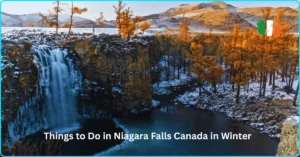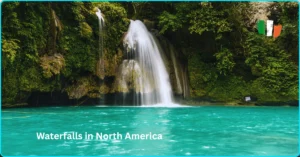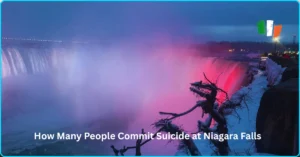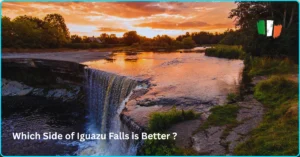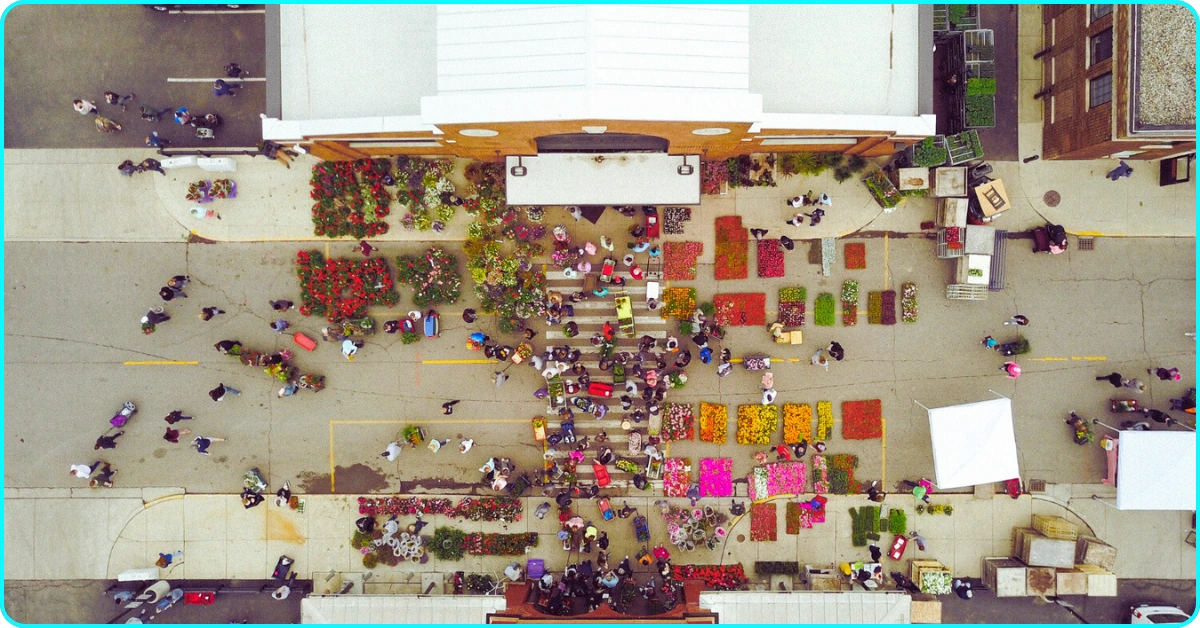Have you ever stood in front of a roaring waterfall and wondered how on earth does it never stop flowing? I remember the first time I visited Glencar Waterfall in County Leitrim. It wasn’t just the sound that caught me it was the constant, unstoppable rhythm. Like the earth itself was exhaling. That moment stuck with me, and I couldn’t help but wonder: how do waterfalls not run out of water?
In this post, I’m diving into exactly that. We’ll explore how waterfalls work, where all that water comes from (hello, Niagara Falls!), and why they almost never run dry. Whether you’re curious about the science, or just love the magic of falling water, you’re in the right place.
Ever stood in awe of a waterfall? Stick around let’s uncover the mystery together.
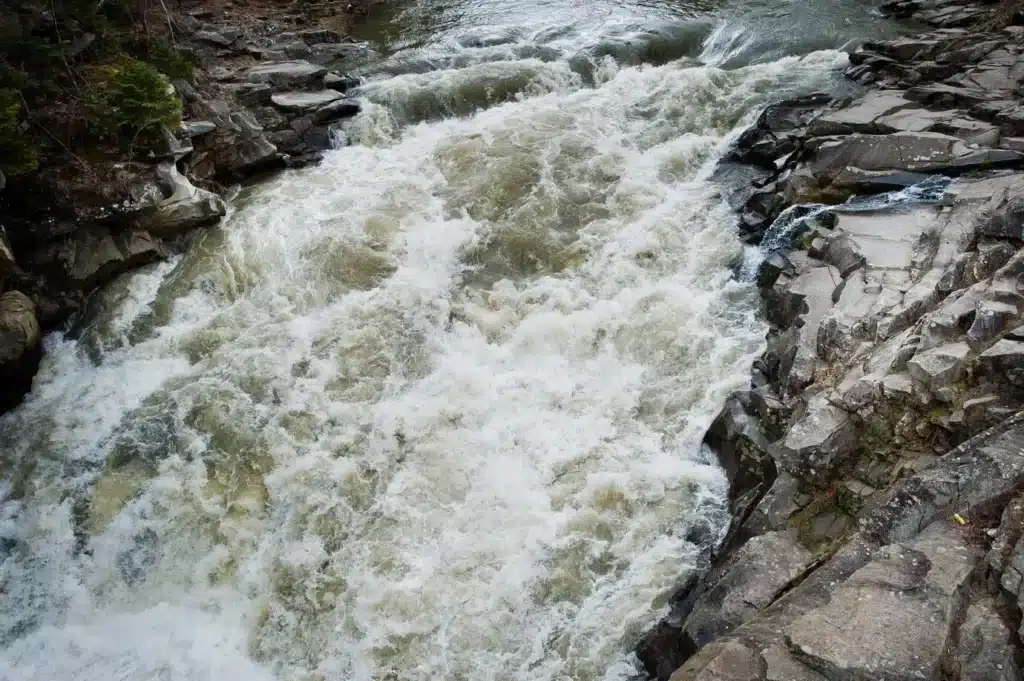
How Do Waterfalls Not Run Out of Water?
Ever i watched a waterfall tumble endlessly over a cliff and thought, “Surely it has to stop sometime… right?” I used to wonder the same thing especially the first time I stood at Glencar Waterfall. The water just kept pouring like a tap that never turns off. But here’s the simple truth: waterfalls don’t run out of water because nature keeps refilling them nonstop.
The real magic behind waterfalls lies in the water cycle. Rain falls from the sky, soaks into the land, and gathers into rivers and streams. These rivers travel over hills and cliffs gravity doing its job and voilà, you’ve got a waterfall. The water you see isn’t just from a recent rain; it’s part of a much bigger, never-ending journey.
Waterfalls keep flowing thanks to constant water sources like rainfall, rivers, and natural elevation. Every drop that plunges over the edge is part of an ancient system that’s always in motion.
But that’s not all. The Earth has its own plumbing system, and it’s a masterpiece. Water evaporates from lakes, oceans, and even puddles. It turns into clouds, then falls again as rain or snow. That fresh water feeds rivers, seeps into underground springs, and eventually makes its way back to the waterfall.
And when winter snows melt or hidden springs rise from deep underground? Yep you guessed it more water joins the flow. So even in dry spells, many waterfalls still have backup sources feeding them.
It’s wild to think about, isn’t it? What looks like chaos water crashing and tumbling is actually one of the most consistent, reliable things in nature. Waterfalls don’t run dry because the Earth keeps them on a loop, cycling water like breath.
What Is a Waterfall? My First Close Encounter
I’ll never forget my first real waterfall. I was hiking in Oregon when I heard this roar. Then I saw it. Water crashed down from way up high. It hit rocks below with such force!
A waterfall is just water falling over a cliff or steep drop. That’s it. Simple, right? But here’s what makes it special. The water has to fall freely through the air. Not slide down rocks. Not trickle slowly. It must drop and fall fast.
I’ve seen tiny falls that drop just a few feet. I’ve also stood before giants that fall hundreds of feet. Each one amazed me. The mist on my face. The sound in my ears. Pure magic.
Most people think all falling water is a waterfall. Not true. Springs that bubble up? Nope. Streams that flow down hills? Not quite. True waterfalls drop straight down or nearly straight down.
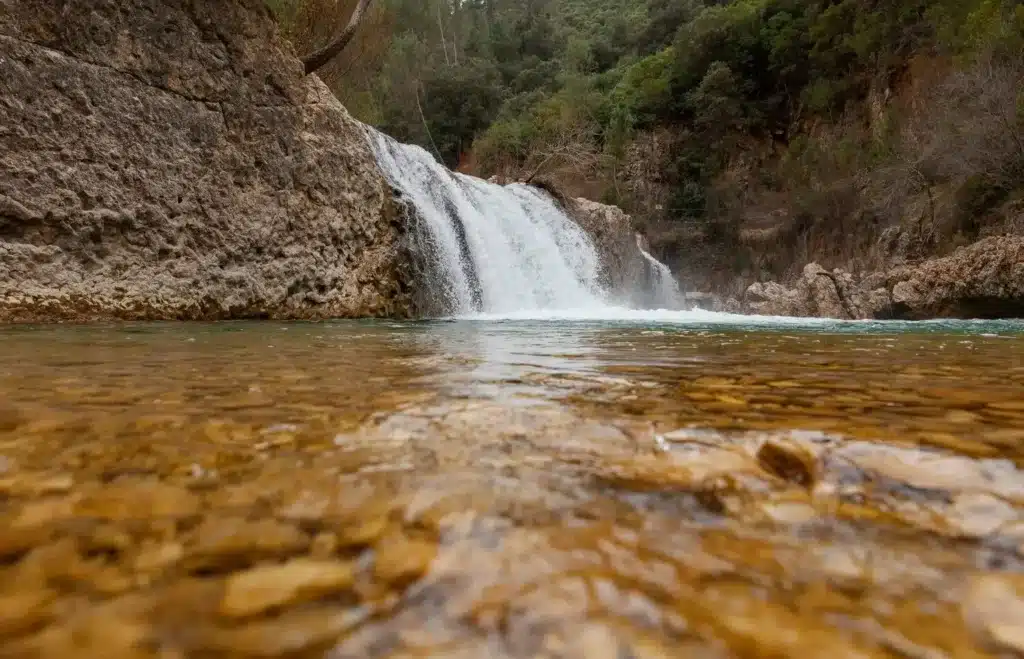
Where Does Water in a Waterfall Come From?
Where Does the Water from Waterfalls Come From? – Revealing Truth Ever wondered where all that water comes from the kind that crashes down in endless sheets at places like Niagara Falls? I sure did, especially the first time I saw it in person. You’re standing there, getting mist on your face, and your brain’s going, “Okay, this can’t possibly go on forever… can it?” But the truth is kind of amazing: waterfalls like Niagara are powered by water systems so vast and steady, they’ve been flowing for thousands of years and they’re still going strong.
Let’s take Niagara Falls as the perfect example. The water doesn’t magically appear from nowhere. It comes from the Niagara River, a natural channel that connects Lake Erie to Lake Ontario. Imagine it as a big water slide, with Niagara Falls performing in between Lake Erie, which sits high, and water pouring downhill to Lake Ontario.
Here’s the real kicker: that’s just one link in a much bigger chain. The Great Lakes system, which includes Lakes Superior, Michigan, Huron, Erie, and Ontario, holds a fifth of the world’s fresh surface water. Yep 20% of it. All that water slowly moves eastward, flowing from lake to lake until it reaches the Atlantic Ocean. Niagara is right in the middle of that epic journey.
And how much water exactly are we discussing? Every second, 3,000 tons of water fall over Niagara Falls, so be prepared. That’s not a typo. Every. Single. Second. It’s like emptying 100 bathtubs every blink of an eye. The scale is so mind-blowing, it almost feels unreal when you’re standing there.
What makes it even cooler is that this system is naturally self-sustaining. Rainfall, snowmelt from faraway mountains, and underground springs all feed into the lakes. So unless the Great Lakes themselves dry up which scientists say is incredibly unlikely Niagara Falls will just keep flowing, roaring, and misting like the breath of the earth itself.
How Waterfalls Are Formed: Nature’s Slow Art Project
After years of hiking to waterfalls, I learned something cool. These beauties take forever to form. Nature is patient. Very patient.
Here’s how it works. Water flows over different types of rock. Some rocks are hard. Others are soft. Water wears away the soft rock first. This creates a step. Then more soft rock wears away. The step gets bigger. Eventually, you get a cliff.
I saw this happen at Niagara Falls. The water keeps eating away at the rock. The falls actually move upstream over time. Crazy, right?
Rivers also help make waterfalls. When rivers cut deep valleys, they sometimes hit different rock layers. Hard rock stays put. Soft rock gets washed away. Boom. Waterfall.
Glaciers made many waterfalls too. They carved valleys. When ice melted, streams found new paths. These paths often led to sudden drops. Hello, waterfall.
How Long Does It Take for a Waterfall to Form? Patience Required
This question always comes up on my hikes. People want to know. How long?
The answer might shock you. It can take thousands of years. Sometimes millions. I know. That’s hard to imagine.
I visited some waterfalls in Hawaii. These formed when lava created cliffs. Water found the cliffs and started falling. That happened pretty fast. Maybe just hundreds of years.
But most waterfalls? Way longer. The Grand Canyon waterfalls took millions of years. Niagara Falls? About 12,000 years old. Still a baby in geology terms.
Weather speeds things up. Lots of rain means more water power. More power means faster rock wearing. Dry places? Waterfalls form super slowly.
The type of rock matters too. Soft limestone? Goes fast. Hard granite? Takes forever. I’ve seen both. The difference is amazing.
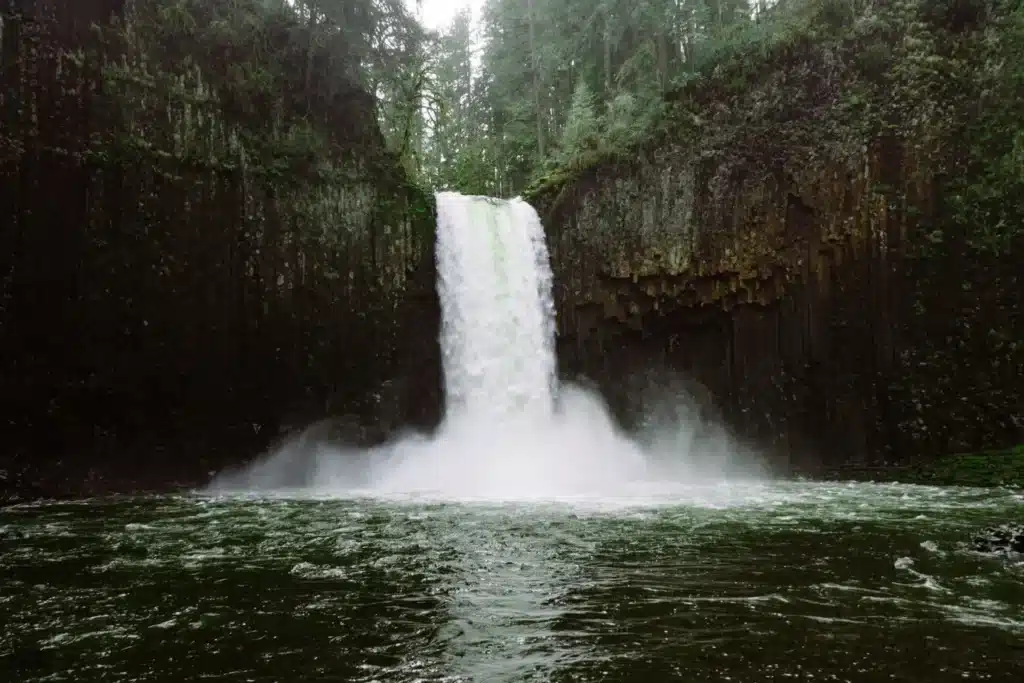
Where Does the Water Go After a Waterfall?
A waterfall crash down with thunderous force and thought, “Okay… but where does all that water go?” I had that exact thought while standing near Niagara Falls, the mist soaking my face and the roar echoing in my chest. It’s mesmerizing but it’s not just a one-way show. The water doesn’t disappear. It keeps going on a journey almost as epic as the fall itself.
So where does Niagara Falls water go?
Right after the plunge, the water flows into the lower Niagara River. Following that, it passes via Lake Ontario, the St. Lawrence River, and ultimately the Atlantic Ocean. It’s like the waterfall is just one chapter in a long, flowing story one where gravity pulls the plot forward.
But this isn’t just about Niagara. All rivers carry water downstream, guiding it through valleys, over rocks, and sometimes into massive lakes or seas. A waterfall is a dramatic moment in that journey but not the end. It’s like a scenic pitstop where the river catches its breath before moving on.
And here’s something really fascinating Niagara Falls isn’t just a natural wonder; it’s also a powerhouse. Literally. Some of that rushing water is carefully diverted to generate hydroelectric energy, powering homes and cities nearby. It’s one of the most efficient renewable energy sources we have. But don’t worry the flow is managed sustainably, so the falls still put on a full show every day.
Can You Drink Water from a Waterfall? My Risky Adventures
I’ve been tempted many times. Crystal clear water falling from high cliffs. Looks so pure. So clean.
But here’s what I learned the hard way. Don’t drink it. Not without treating it first.
I got sick once from waterfall water. Looked perfect. Tasted fine. But tiny bugs lived in it. These bugs made me very ill for days. Not fun on a hiking trip.
The problem isn’t the waterfall. It’s what happens upstream. Animals drink from the stream. They leave germs behind. Rain washes dirt and leaves into the water. Bacteria grows.
Even in remote places, water can be bad. I now always bring a filter. Or water purification tablets. Much safer.
Some waterfall water might be okay. But how can you tell? You can’t see germs. Better safe than sorry. Treat all natural water before drinking.
If you must drink untreated water, pick spots high up. Away from trails. Where fewer animals go. But still risky.
What Is the Bottom of a Waterfall Called? Learning the Lingo
For years, I just called it “the bottom.” Then I met a geology professor on a hike. She taught me the real word.
It’s called a plunge pool. Cool name, right?
The water hits the bottom with huge force. Over time, it digs a hole. This hole fills with water. That’s your plunge pool.
I’ve swum in several plunge pools. The water is usually deep and cold. Very cold. Even on hot days. The falling water keeps it chilled.
Some plunge pools are tiny. Others are huge. Depends on how much water falls and for how long. The biggest ones I’ve seen were deeper than I am tall.
The water in plunge pools often swirls. This creates currents. Swimming can be tricky. I always test the water first. Wade in slowly. Check for hidden rocks or strong currents.
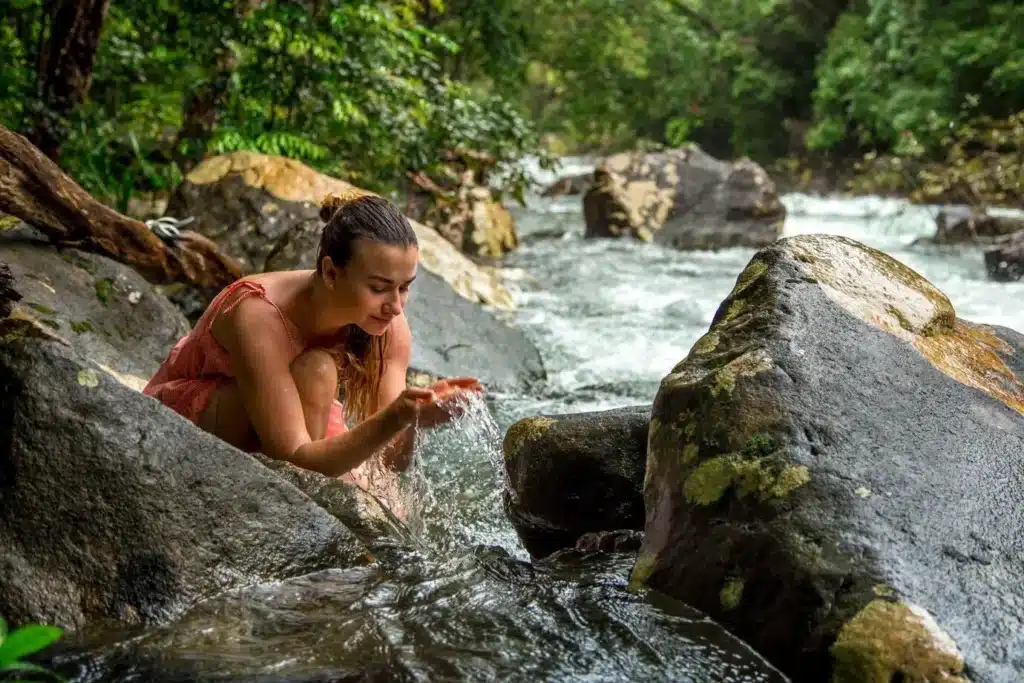
Do Waterfalls Ever Run Out of Water?
You’d think something that big and loud would slow down at some point, right?
That’s exactly what I wondered the first time I saw Glencar Waterfall. It was a rainy spring day. The falls were wild and full of life rushing over the cliff like they’d never stop. I stood there, getting soaked and thinking, “Does this ever run out?”
Here’s the quick answer:
Some waterfalls do run dry but not all.
There are two types of waterfalls. Some are seasonal. They only flow after heavy rain or melting snow. During hot summers or dry spells? They can disappear. It’s kind of like a tap that turns off when the tank runs low.
Then there are perennial waterfalls. These flow all year long. Glencar is one of them. So is Niagara Falls. They keep going because they’re fed by steady water sources like rivers, springs, or even entire lake systems.
So yes waterfalls can stop, but not the big ones.
Sometimes, nature pulls back. A drought might dry up a stream. Climate change can shift weather patterns. And humans can play a role too. Dams, farming, and water use upstream can slow things down. There are places in the world where waterfalls used to roar and now barely whisper.
But big ones like Niagara? That’s a different story. It’s powered by the Great Lakes. These lakes are huge and always full. Even in a dry year, the water keeps flowing. Plus, engineers manage the flow to protect both nature and energy use. Niagara hasn’t stopped in over a century. It only paused once, back in 1848, because of an ice jam.
Here’s what I’ve learned:
Waterfalls that seem never-ending usually are because they’re part of a bigger, stronger system.
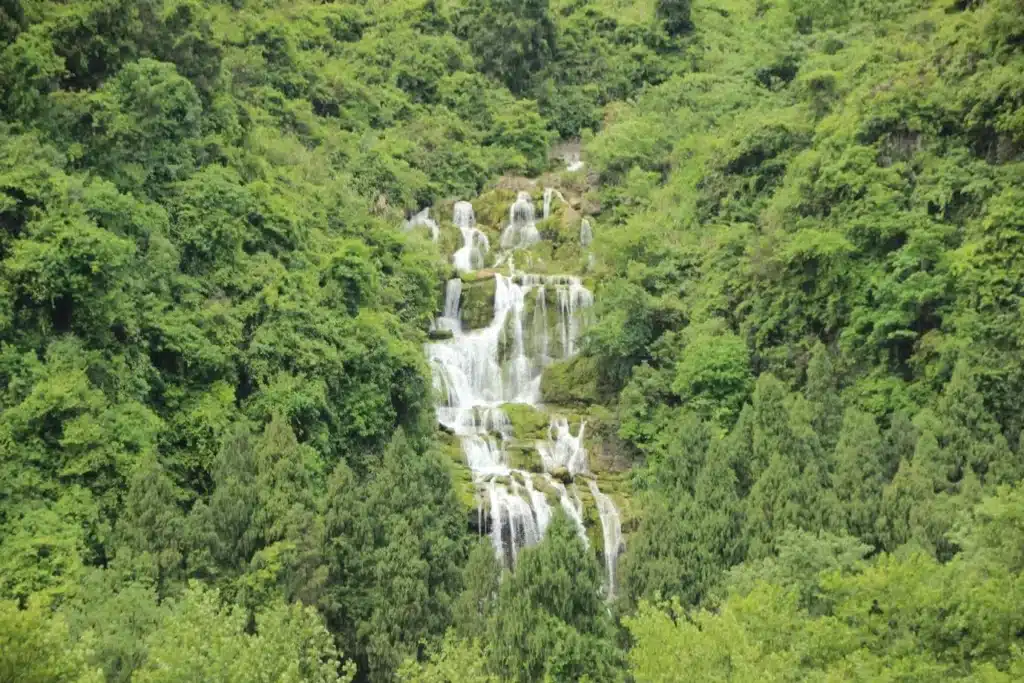
How Are Waterfalls Formed in the First Place?
Ever stood at the edge of a waterfall and thought, “How did this even get here?” I asked myself that exact question the first time I saw Glencar. It felt like a painting water tumbling off a cliff like it had always been there.
Waterfalls form when a river flows over a hard layer of rock sitting on top of a softer one. The soft rock erodes faster. That creates a drop. Over time, the water keeps cutting away at the softer part, making the fall steeper and deeper.
Imagine slicing a cake, with the soft sponge underneath crumbling away more quickly and the frosting acting as the hard rock. Nature just takes a lot longer.
This process is called erosion. Bit by bit, the river wears the rocks down, shaping the cliff. The water is drawn downward by gravity as well, compounding the fall.
So, that waterfall you love? It’s a slow masterpiece, carved over time by flowing water and patient force.
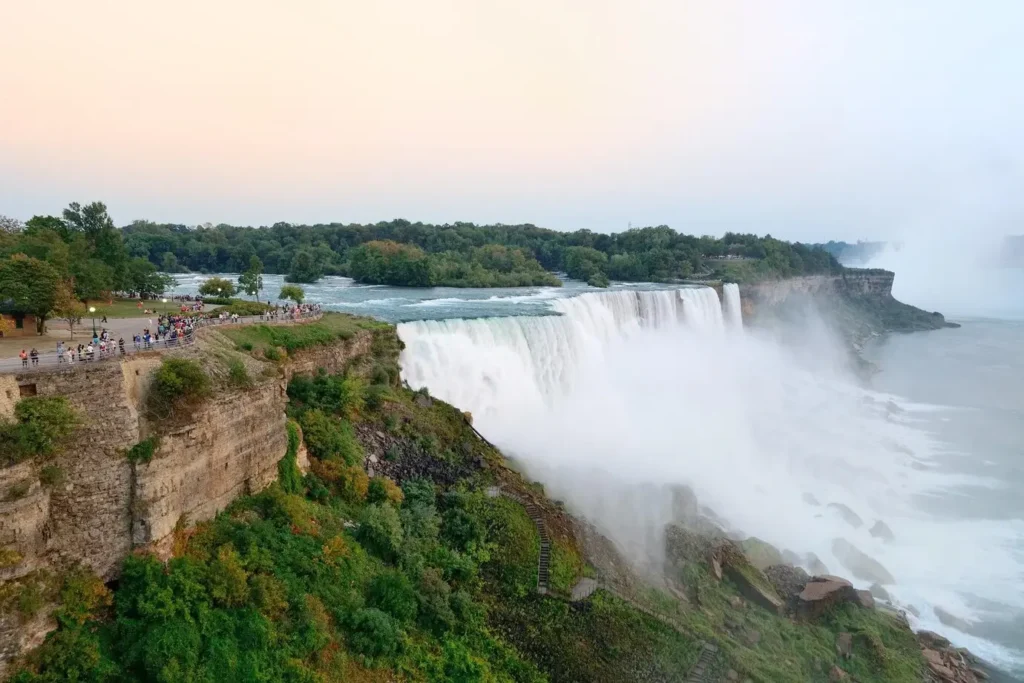
How High Does Water Have to Fall to Be a Waterfall? The Height Debate
This question starts arguments among hikers. Everyone has an opinion.
Some say any drop counts. Others want specific heights. I’ve heard people argue about three-foot drops. Are they waterfalls? Or just little cascades?
There’s no official rule. But most experts agree on this. The water must fall freely through the air. Not just slide down rocks.
I use the “wow factor” test. Does it make me stop and stare? Does it create mist? Can I hear it from far away? Then it’s probably a waterfall.
Height matters less than the experience. I’ve seen eight-foot falls that were stunning. I’ve also seen boring hundred-foot falls.
The tallest waterfall I’ve visited was over 400 feet. Amazing sight. But some of my favorite falls are much shorter. They had character. Personality.
Don’t get hung up on exact heights. If it looks like a waterfall to you, call it a waterfall. Enjoy the moment.
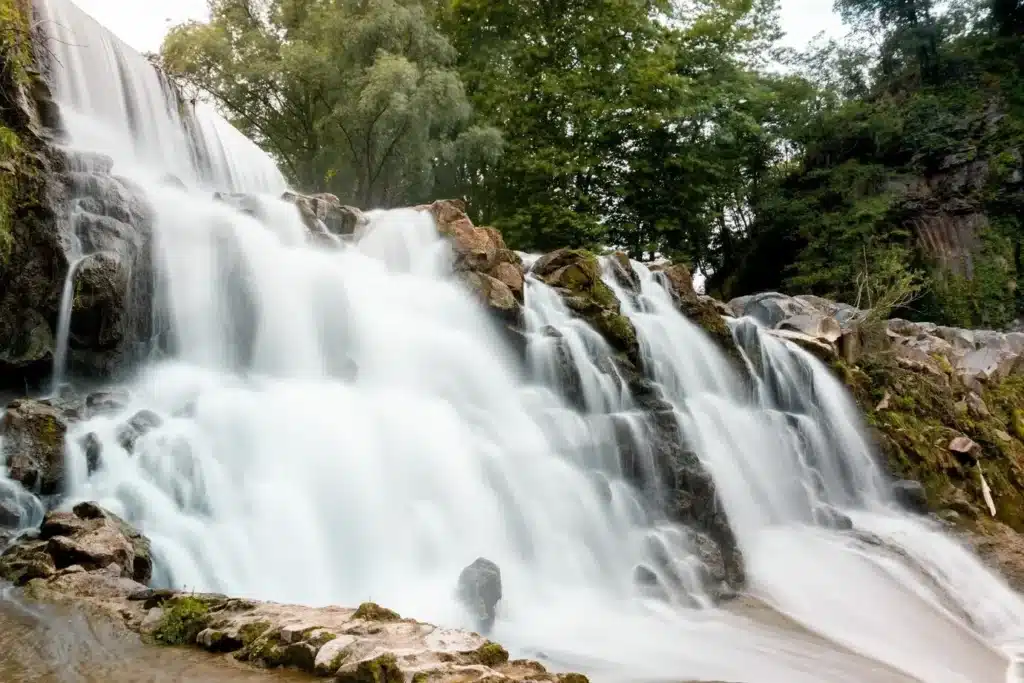
Is Waterfall Water Always Moving?
Yes a waterfall is always made of moving, running water, because it’s part of a river system that never stops flowing.
I remember standing at Glencar Waterfall, completely mesmerized. The water didn’t just fall it danced, twisted, and sparkled in the sunlight. It was like watching the Earth breathe in real time. That endless motion, that beautiful chaos it wasn’t random. Every drop was directed downward by gravity’s constant pull.
So, is a waterfall running water? Absolutely. It’s river water in motion constantly moving from one place to another. The water that rushes over the edge isn’t the same from one moment to the next. It’s new water, all the time.
The flow comes from higher ground rivers, lakes, springs and it keeps moving downward. That’s what defines a waterfall: water that never settles. It doesn’t pool or pause. It pours.
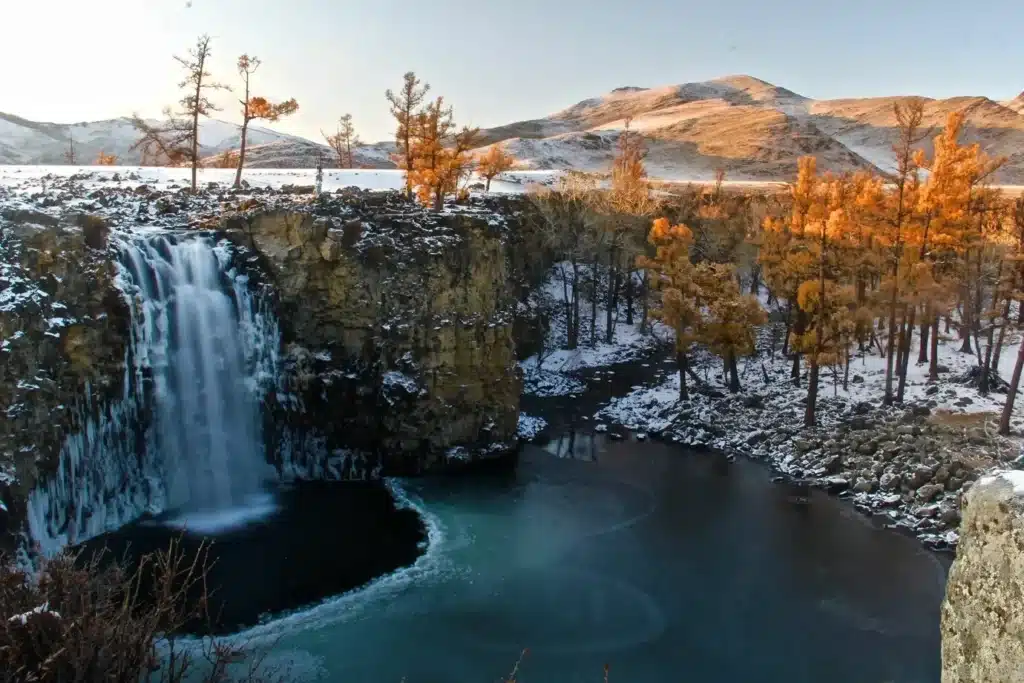
Can Waterfalls Freeze in Winter?
Yes, waterfalls can freeze in winter but usually only on the outside. Underneath, the water often keeps flowing, hidden beneath the ice.
I’ve seen it with my own eyes at Niagara Falls, during a trip one icy February. The outer edges were frozen solid like something out of a fairy tale. Massive icicles clung to the cliffs. The mist had turned to snowflakes in the air. But listen closely, and you could still hear it the thunder of water beneath the ice, roaring like a heartbeat under blankets of snow.
So, do waterfalls freeze? Sort of. The surface can ice over, especially during long, cold winters. But in most big waterfalls, especially ones like Niagara, the flow underneath never fully stops. The water is too strong, and the volume too great.
Smaller or seasonal waterfalls might freeze entirely. But those fed by deep rivers or constant spring sources? They keep going just out of sight.
It’s one of those magical contrasts. The stillness of ice. The power of water underneath. Frozen on the outside, alive on the inside.
Personal Story: What Standing at a Waterfall Taught Me About Flow
I’ll never forget the first time I stood in front of Glencar Waterfall. It had just rained, so everything felt extra alive the moss was vivid green, the leaves were dripping, and the air smelled like earth and something ancient. But it was the water that got me. The way it just kept going. No hesitation, no pause. Just constant, steady motion.
I remember standing there longer than I planned to completely still, just watching. And somewhere in the middle of all that crashing and mist and noise, I felt something shift in me.
I’d been going through one of those seasons in life you know the kind. Everything felt stuck. Like I was waiting for the right moment, or the right sign, or just the energy to move again. But Glencar didn’t wait. It didn’t doubt itself or check the prediction. It just flowed. Even with obstacles in the way even when rocks tried to break its rhythm it found a path. Always forward.
Conclusion
If you’re someone who’s curious about how nature keeps ticking how rivers flow and waterfalls never seem to run dry this topic is a great fit. But if you’re after quick facts with no extra detail, you might prefer a simpler breakdown. In my experience, understanding how waterfalls work is like peeling back the curtain on one of nature’s coolest magic tricks. Once you know about rain, rivers, and the water cycle, it all just clicks. It’s honestly a lovely reminder that nature has its own rhythm and it rarely skips a beat.
Frequently Asked Questions
How do waterfalls not run out of water even during summer?
Most waterfalls are powered by rivers or lakes that are constantly topped up by rain, melting snow, and underground springs. Even in summer, water from higher elevations or underground sources keeps them flowing.
How do rivers keep flowing without running out of water?
The natural water cycle of the planet includes rivers. They’re fed by rainfall, melting snow, and groundwater. As long as the climate keeps the cycle going, rivers won’t run dry. Learn more about how the water cycle supports rivers year-round.
What is the main source of Niagara Falls?
Niagara Falls gets its power from the Niagara River, which flows between Lake Erie and Lake Ontario. This river is constantly replenished by the Great Lakes one of the largest freshwater systems in the world.
Can Niagara Falls ever stop flowing?
It’s incredibly rare. Niagara Falls has only stopped once in 1848 when an ice jam blocked the flow. Aside from that, the constant water supply keeps it running non-stop.
Why does water keep flowing in waterfalls all the time?
Waterfalls stay active because rivers and lakes feeding them are always being refilled by the natural water cycle. That includes rain, snowmelt, and springs underground. Curious about how different waterfalls stay alive? Dive deeper into the water cycle here.


